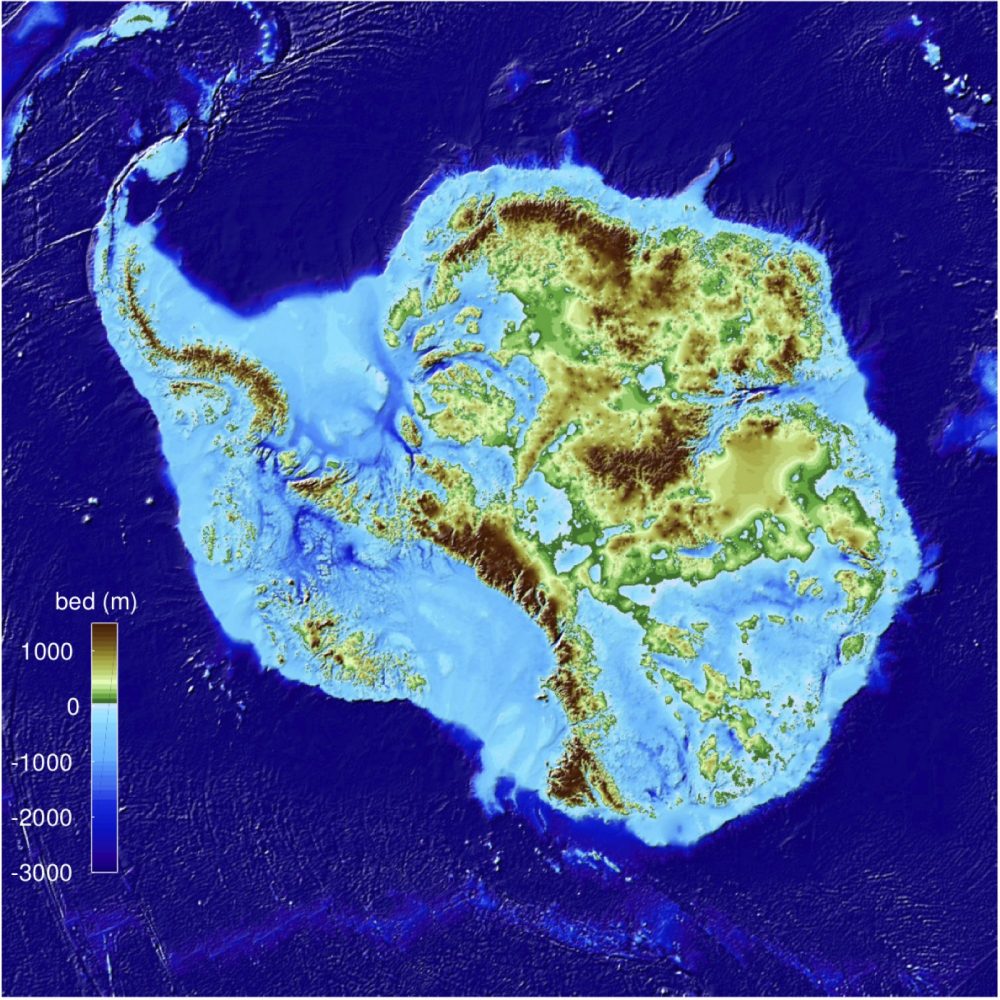This region had not been detected by seismologists before.
Approximately 2,890 kilometers beneath the Earth’s surface lies a vast sphere of liquid metal known as the planet’s core. Researchers, including Professor Hrvoje Tkalčić, utilize seismic waves generated by earthquakes as a type of ultrasound to visualize and understand the core’s structure and shape.
Through an innovative approach to studying these seismic waves, Professor Tkalčić and his colleague Xiaolong Ma made a groundbreaking discovery: a large, donut-shaped region encircling the Equator within the core. This region, several hundred kilometers thick, exhibits seismic waves traveling approximately 2% slower than in other parts of the core.
The team hypothesizes that this area contains a higher concentration of lighter elements, such as silicon and oxygen, which could play a critical role in the convection currents of liquid metal within the core. These currents are essential for generating Earth’s magnetic field. Their findings have been published in Science Advances.
The ‘Coda-Correlation Wavefield’
Traditional studies of seismic waves from earthquakes typically focus on the primary wavefronts that propagate across the globe within the first hour after an earthquake occurs. However, Professor Tkalčić and his team realized they could uncover new insights by examining the later, weaker portion of these waves, known as the coda. This part of the wave is akin to the conclusion of a musical piece, bringing the seismic event to a close.
Using a mathematical concept called correlation, the team measured the similarity of these coda waves recorded at different seismic stations. This similarity, observed in the later stages of earthquake waves, is referred to as the “coda-correlation wavefield.”
By analyzing the coda-correlation wavefield, the researchers detected faint signals resulting from multiple reverberating waves, which would have otherwise gone unnoticed. By tracing the paths of these waves and aligning them with signals in the coda-correlation wavefield, they were able to determine the duration these waves took to traverse through the planet.
Further comparison of seismic data from detectors near the poles with those closer to the Equator revealed that the waves near the poles traveled faster than those near the Equator. Numerous computer models and simulations were conducted to identify the core conditions that could produce these results. Ultimately, the team concluded that a torus, or donut-shaped region, exists in the outer core around the Equator, where wave velocity is reduced.
This region had not been detected by seismologists before. However, the use of the coda-correlation wavefield provided a more detailed and comprehensive view of the outer core.
The Outer Core and the Geodynamo
The Earth’s outer core, with a radius of approximately 3,480 kilometers, is slightly larger than the planet Mars. Composed primarily of iron and nickel, it also contains lighter elements such as silicon, oxygen, sulfur, hydrogen, and carbon.
The outer core’s temperature gradient—hotter at the bottom than at the top—drives the movement of liquid metal, similar to water boiling in a pot. This process, known as thermal convection, is thought to cause the material within the outer core to be well-mixed and uniform.
However, the discovery of the donut-shaped region, where seismic waves slow down, suggests a different scenario. The presence of a higher concentration of light elements in this area could explain the observed wave behavior. These elements may be released from the solid inner core into the outer core, where their buoyancy enhances convection.
But why do these lighter elements accumulate more in the equatorial region? One possible explanation is that more heat is being transferred from the outer core to the rocky mantle above it in this area.
Additionally, another large-scale process is at play in the outer core. The Earth’s rotation and the presence of the small solid inner core cause the liquid metal in the outer core to organize into long, vertical vortices running north to south, similar to giant waterspouts.
The turbulent motion of liquid metal within these vortices generates the “geodynamo,” which is responsible for creating and sustaining Earth’s magnetic field. This magnetic field is crucial for protecting the planet from harmful solar wind and radiation, thus enabling life to thrive on the surface.
Gaining a more detailed understanding of the outer core’s composition—including the newly discovered donut-shaped region of lighter elements—will enhance our comprehension of Earth’s magnetic field. This understanding is vital for predicting changes in the field’s intensity and direction over time, which are critical factors for life on Earth and the potential habitability of other planets and exoplanets.





